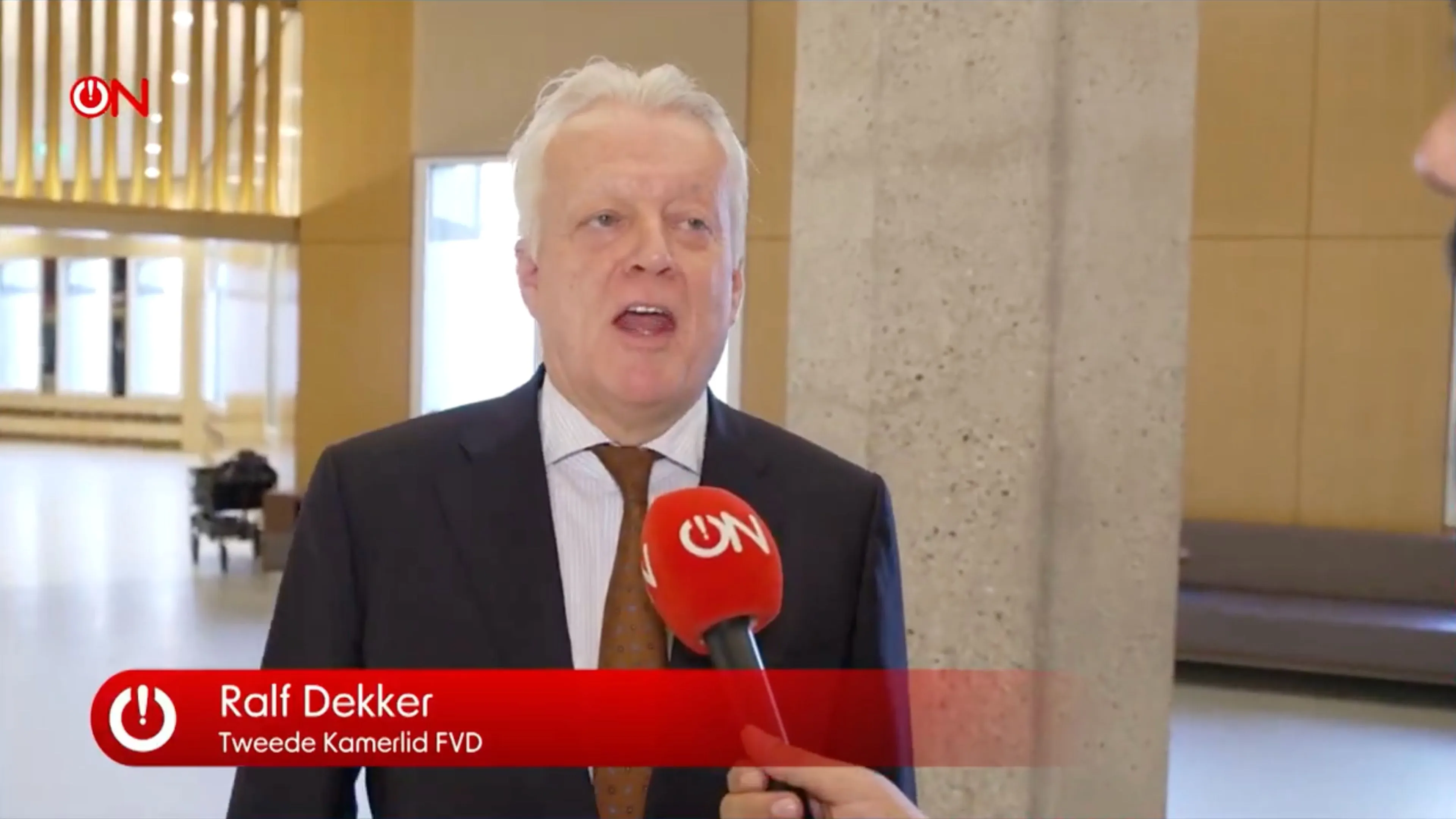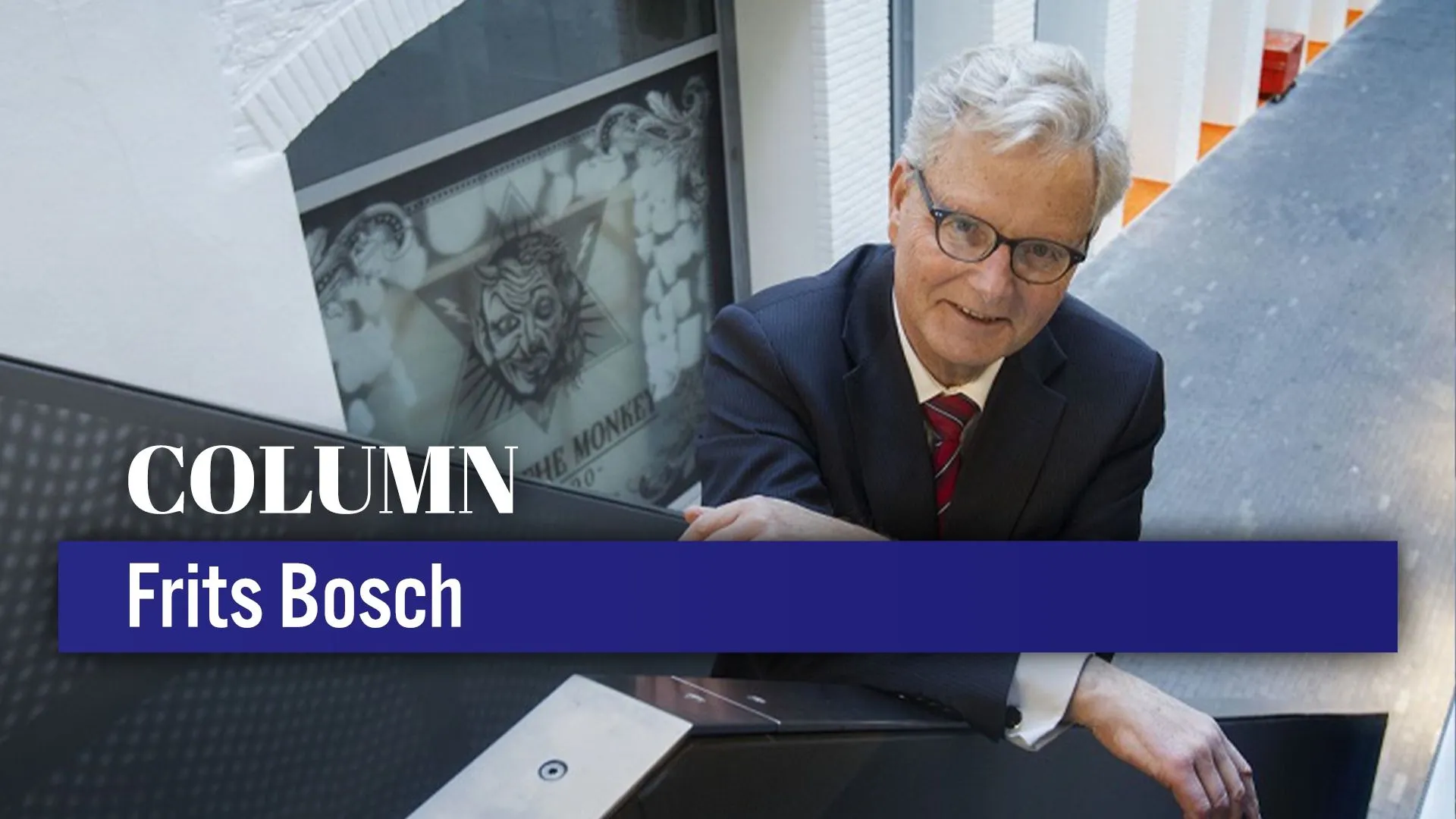Greenpeace-oprichter neemt stelling tegen huidige koers
Patrick Moore. Conform oud Sovjetgebruik probeert Greenpeace thans zijn historische verdiensten voor de beweging te bagatelliseren en te verdoezelen.
Eerder schreef Jeroen Hetzler op mijn blog kritisch over GroenLinks, de milieubeweging en in het bijzonder Greenpeace. In een recente hoorzitting van de Amerikaanse Senaat nam ook Patrick Moore, een van de oprichters van Greenpeace, stelling tegen de huidige koers van de milieubeweging.
Onder de titel, 'Confessions of a Greenpeace Dropout to the U.S. Senate on climate change', rapporteerde Anthony Watts op zijn blog 'Watts Up With That' (WUWT) over diens interventie:
Onder de titel, 'Confessions of a Greenpeace Dropout to the U.S. Senate on climate change', rapporteerde Anthony Watts op zijn blog 'Watts Up With That' (WUWT) over diens interventie:
Our friend Dr. Patrick Moore, co-founder of Greenpeace, went before the U.S. Senate yesterday to tell his story as it relates to global warming/climate change. It is well worth your time to read. WUWT readers may recall that since Dr. Moore has decided to speak out against global warming and for Golden Rice, Greenpeace is trying to disappear his status with the organization, much like people were disappeared in Soviet Russia.
Statement of Patrick Moore, Ph.D. Before the Senate Environment and Public Works Committee, Subcommittee on Oversight
Natural Resource Adaptation: Protecting ecosystems and economies
In 1971, as a PhD student in ecology I joined an activist group in a church basement in Vancouver Canada and sailed on a small boat across the Pacific to protest US Hydrogen bomb testing in Alaska. We became Greenpeace.
After 15 years in the top committee I had to leave as Greenpeace took a sharp turn to the political left, and began to adopt policies that I could not accept from my scientific perspective. Climate change was not an issue when I abandoned Greenpeace, but it certainly is now.
There is no scientific proof that human emissions of carbon dioxide (CO2) are the dominant cause of the minor warming of the Earths atmosphere over the past 100 years. If there were such a proof it would be written down for all to see. No actual proof, as it is understood in science, exists.
The Intergovernmental Panel on Climate Change (IPCC) states: It is extremely likely that human influence has been the dominant cause of the observed warming since the mid-20th century.
Extremely likely is not a scientific term but rather a judgment, as in a court of law. The IPCC defines extremely likely as a 95-100% probability. But upon further examination it is clear that these numbers are not the result of any mathematical calculation or statistical analysis. They have been invented as a construct within the IPCC report to express expert judgment, as determined by the IPCC contributors.
These judgments are based, almost entirely, on the results of sophisticated computer models designed to predict the future of global climate. As noted by many observers, including Dr. Freeman Dyson of the Princeton Institute for Advanced Studies, a computer model is not a crystal ball. We may think it sophisticated, but we cannot predict the future with a computer model any more than we can make predictions with crystal balls, throwing bones, or by appealing to the Gods.
Perhaps the simplest way to expose the fallacy of extreme certainty is to look at the historical record. With the historical record, we do have some degree of certainty compared to predictions of the future. When modern life evolved over 500 million years ago, CO2 was more than 10 times higher than today, yet life flourished at this time. Then an Ice Age occurred 450 million years ago when CO2 was 10 times higher than today. There is some correlation, but little evidence, to support a direct causal relationship between CO2 and global temperature through the millennia. The fact that we had both higher temperatures and an ice age at a time when CO2 emissions were 10 times higher than they are today fundamentally contradicts the certainty that human-caused CO2 emissions are the main cause of global warming. ...
It is important to recognize, in the face of dire predictions about a 2°C rise in global average temperature, that humans are a tropical species. We evolved at the equator in a climate where freezing weather did not exist. The only reasons we can survive these cold climates are fire, clothing, and housing. It could be said that frost and ice are the enemies of life, except for those relatively few species that have evolved to adapt to freezing temperatures during this Pleistocene Ice Age. It is extremely likely that a warmer temperature than todays would be far better than a cooler one.
I realize that my comments are contrary to much of the speculation about our climate that is bandied about today. However, I am confident that history will bear me out, both in terms of the futility of relying on computer models to predict the future, and the fact that warmer temperatures are better than colder temperatures for most species.
If we wish to preserve natural biodiversity, wildlife, and human well being, we should simultaneously plan for both warming and cooling, recognizing that cooling would be the most damaging of the two trends. We do not know whether the present pause in temperature will remain for some time, or whether it will go up or down at some time in the near future. What we do know with extreme certainty is that the climate is always changing, between pauses, and that we are not capable, with our limited knowledge, of predicting which way it will go next. ...
Lees verder hier
In zijn boek, 'Confessions of a Greenpeace Dropout: The Making of a Sensible Environmentalist', gaat Patrick Moore uitvoeriger in op zijn huidige opvattingen over verstandig milieubeleid.
Voor mijn eerdere DDSbijdragen zie hier.
Ga verder met lezen
Dit vind je misschien ook leuk
Laat mensen jouw mening weten




